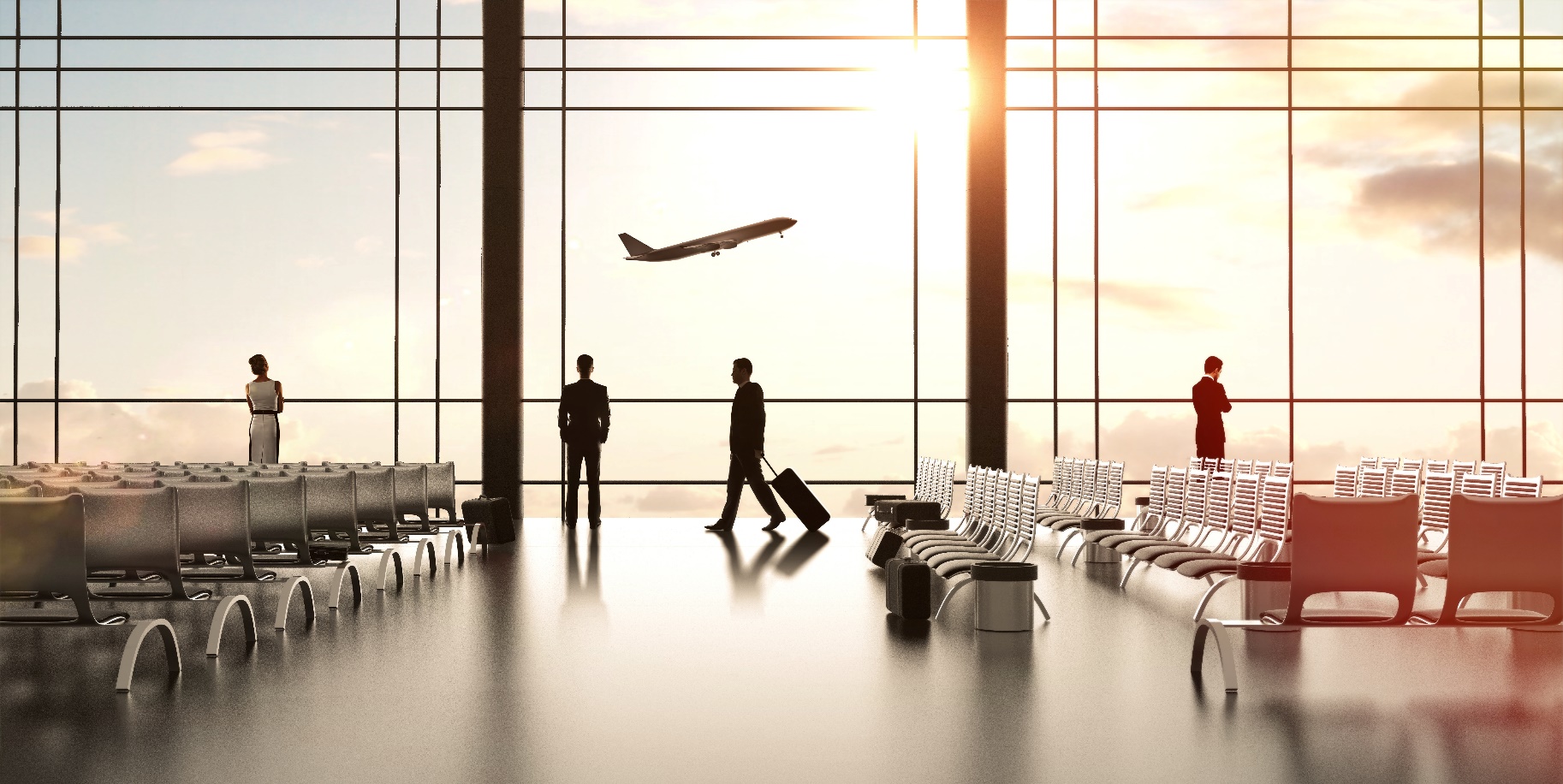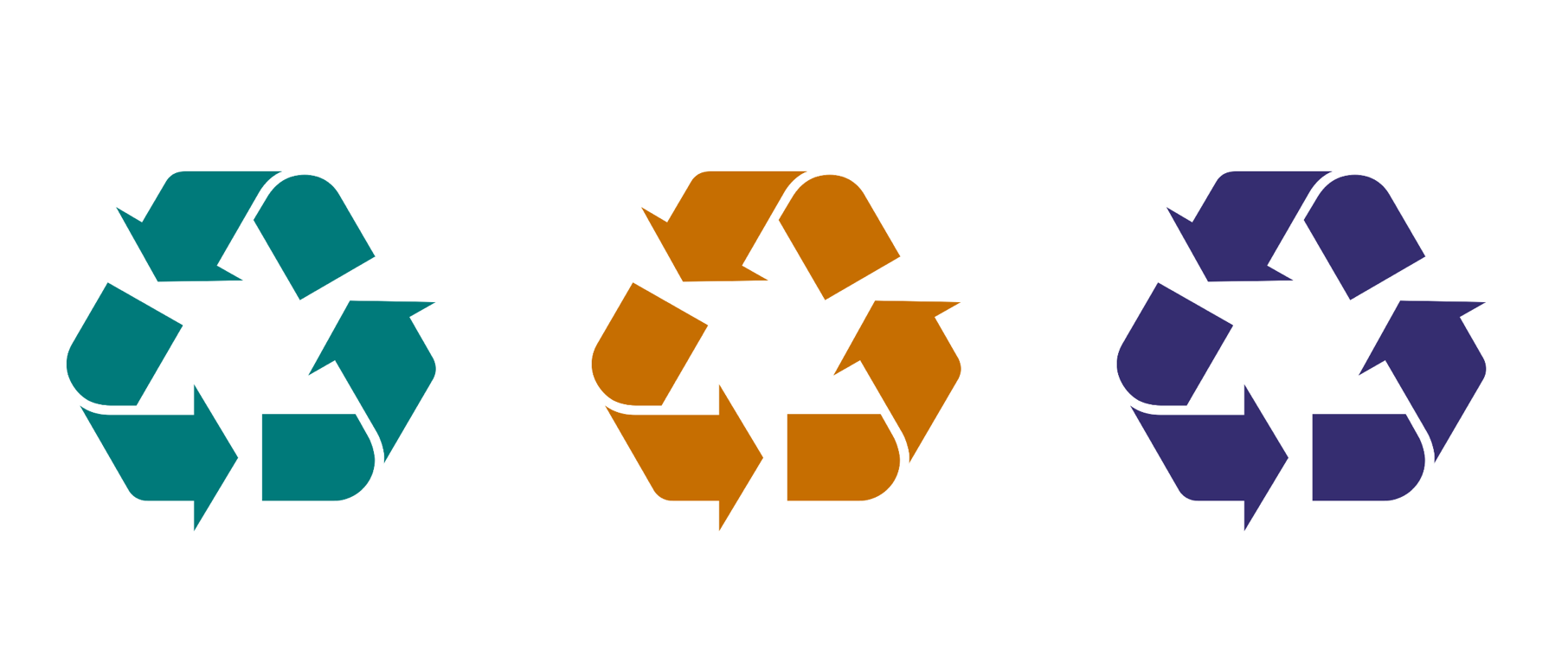898 results found
Featured results



More results
The project covers four towns around the county, benefiting 13,300 households and 126,300 people.After the implementation of the project, the average annual water saving is 21.58 million m3, and the water saving rate is 48.6%.
The project includes three subprojects: transfer solid waste to electricity, transfer food leftovers to biogas, transfer food leftovers to biodiesel.
Erhai Lake, whose basin area is 2,565 square kilometers with 117 rivers flowing into the lake, is the main drinking water source of the City of Dali, covering 16 villages and towns of Dali with a population of 833,000 people.
This map summarizes information on the connectivity of 67 important South Asian cities concerning infrastructure networks.

The ITF Transport Outlook provides an overview of recent trends and near-term prospects for the transport sector at a global level as well as long-term prospects for transport demand to 2050.

Can the needs of rapid urbanisation open the door to innovative emerging technologies?
Renewable energy is being used in multiple forms these days. Construction companies, especially those involved in large projects, also have an impact on the environment.
Africa’s unmet infrastructure need is estimated at nearly $3 trillion by 2040, a new training program aims to drive investment to help close Africa’s infrastructure gap.
Bridging the US$15 trillion infrastructure gap has become crucial given the economic impact of COVID-19. GI Hub's Strategic Advisers deep-dive into a way forward to attract private capital.

Public investment in infrastructure is more effective in increasing economic output than other types of public spending



Investment in public transit infrastructure can contribute to creating more inclusive societies. Public transit services are more often used by lower-income households, women and ethnic minorities.



Public investment in infrastructure is more effective in increasing economic output than other types of public spending



Investment in public transit infrastructure can contribute to creating more inclusive societies. Public transit services are more often used by lower-income households, women and ethnic minorities.


Smart Airports are airports that rely on the use of connected technologies such as Internet of Things (IoT) devices, GPS and sensors to perform planning and operations tasks digitally and support operational staff, optimising passenger flows and the activities of the airport staff across the airport
3D Infrastructure Models are built to digitally visualise design information (technical drawings, plans, elevations, etc
Autonomous Vehicles (AVs) or Driverless Vehicles are a new vehicle mode which can sense their environment and operate safely without human input or control
Waste is treated very differently around the world
Autonomous Shipping Ports can utilize some, or all, of the following five main components to deliver more efficient, productive and safe port operations: Automated equipment - Automated equipment can include automated robots, vehicles and cranes (see also the Automated Robot Cranes Use Case) that automate processes including ship to shore, yard operations, ground transportation, maintenance and gate automation without direct human involvement
Leveraging asset level data sets with climate models can quantify the climate change risks to water infrastructure, assess adaptation options, and provide economic modelling for smarter investment decisions
















